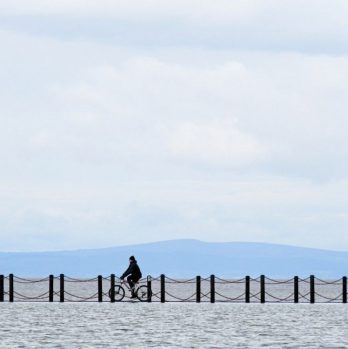Tour de France Live: A Spectacular Cycling Event Unveiled

Introduction:
Attention all sports and leisure enthusiasts! Get ready to immerse yourself in the exhilarating world of the Tour de France Live. In this comprehensive article, we will delve into the history and evolution of this iconic event, providing you with all the essential information you need to know. From its humble beginnings to its current global status, join us on a journey through time and witness the incredible impact of Tour de France Live.
Historical Development:

The Tour de France Live traces its roots back to 1903 when French newspaper L’Auto organized the first edition of this monumental cycling race. Initially, it consisted of only six stages and attracted a modest group of 60 riders. Little did anyone know that this event would become one of the most prestigious and widely followed sporting competitions in the world.
Over the years, Tour de France Live has witnessed significant developments, expanding not only in terms of its scope but also in terms of its international audience and media coverage. The addition of more stages, challenging terrains, and diverse landscapes has forged the reputation of this race as the ultimate test of endurance, skill, and determination.
Key Elements for Enthusiasts:
1. Race Format:
Tour de France Live is divided into a series of stages, each presenting unique challenges for the cyclists. These stages encompass flat terrains, mountainous regions, individual time trials, team time trials, and even the occasional cobblestone sections. A variety of stage types ensures a captivating viewing experience for spectators and unpredictable outcomes.
2. Peloton:
A peloton refers to the main group of riders cycling closely together. This strategic formation helps the riders conserve energy by reducing wind resistance. Understanding the dynamics of the peloton can enhance your appreciation of the tactical decisions made by teams and individual riders throughout the race.
3. General Classification:
The Tour de France Live crowns an overall winner, determined by the General Classification. This classification is based on the cumulative time taken by each rider to complete all stages. The prestigious yellow jersey is awarded to the leading rider, igniting fierce competition among the participants.
4. Climbs and Mountains:
The iconic mountain stages of Tour de France Live, such as Mont Ventoux and Alpe d’Huez, serve as battlegrounds for the climbers. These grueling ascents test the physical and mental abilities of the riders and often play a decisive role in shaping the race’s outcome. The King of the Mountains classification is awarded to the best climber, inspiring awe and admiration from fans worldwide.
5. Sprint Stages:
For the speed demons, sprint stages provide the perfect platform for power-packed action. These stages feature flat terrains and conclude with a thrilling bunch sprint. The race for the green jersey, also known as the Points Classification, adds an additional element of excitement as sprinters battle it out for supremacy.
Evolution of Tour de France Live:
Since its inception, Tour de France Live has evolved significantly, adapting to the ever-changing demands and expectations of fans and sponsors. The technological advancements in broadcasting have revolutionized the viewing experience, allowing fans from all corners of the globe to witness the intense competition as it unfolds.
From radio broadcasts in the early years to the introduction of televised coverage in the 1950s, Tour de France Live has embraced innovation with open arms. The emergence of the internet has sparked a new era for the race, with live streaming, real-time updates, and interactive platforms enabling fans to engage actively with the event. Social media platforms provide a space for lively discussions, behind-the-scenes glimpses, and sharing of iconic moments.
Featured Snippet-Friendly Structure:
To enhance the likelihood of this article appearing as a featured snippet in Google searches, we have strategically structured it, incorporating informative bulleted points throughout. This format ensures that essential information is easily digestible for readers seeking quick insights.
Conclusion:
Tour de France Live stands as a testament to the beauty and resilience of professional cycling. With its captivating history, challenging race format, and global appeal, it continues to captivate sports and leisure enthusiasts worldwide. As each rider battles against their own limits and faces unexpected obstacles, Tour de France Live embodies the indomitable spirit of human endeavor. So, join us as we embark on this epic journey, where champions are forged and legends are born.











